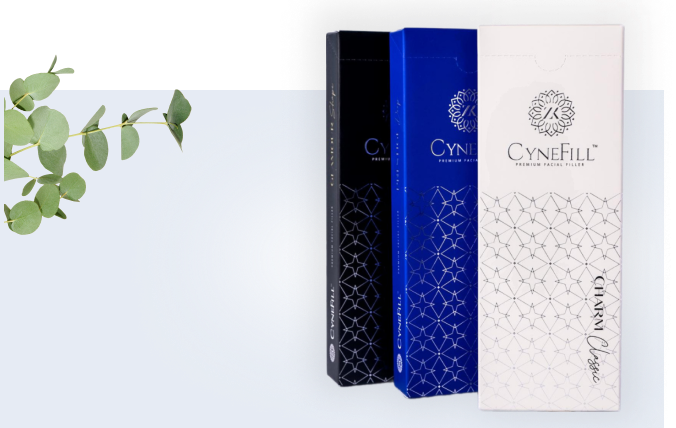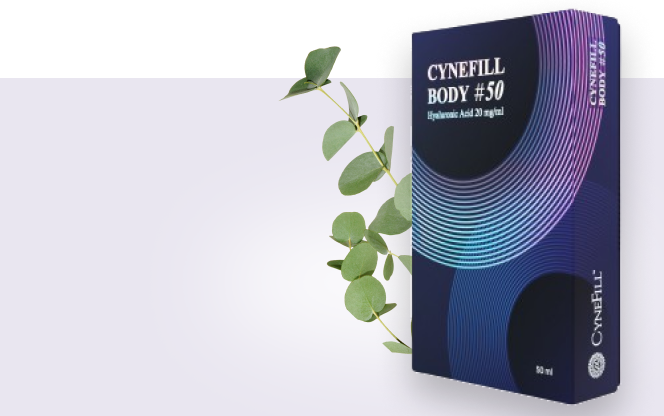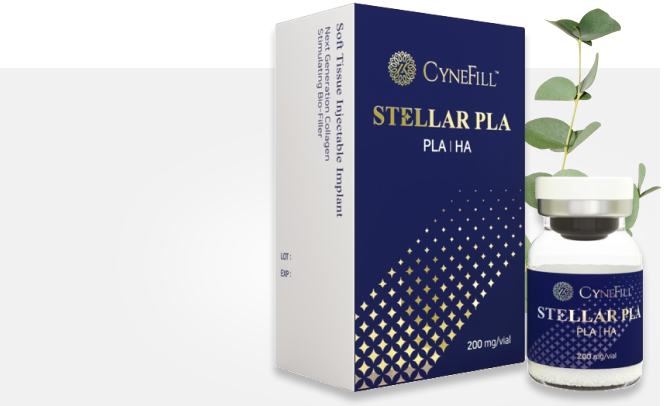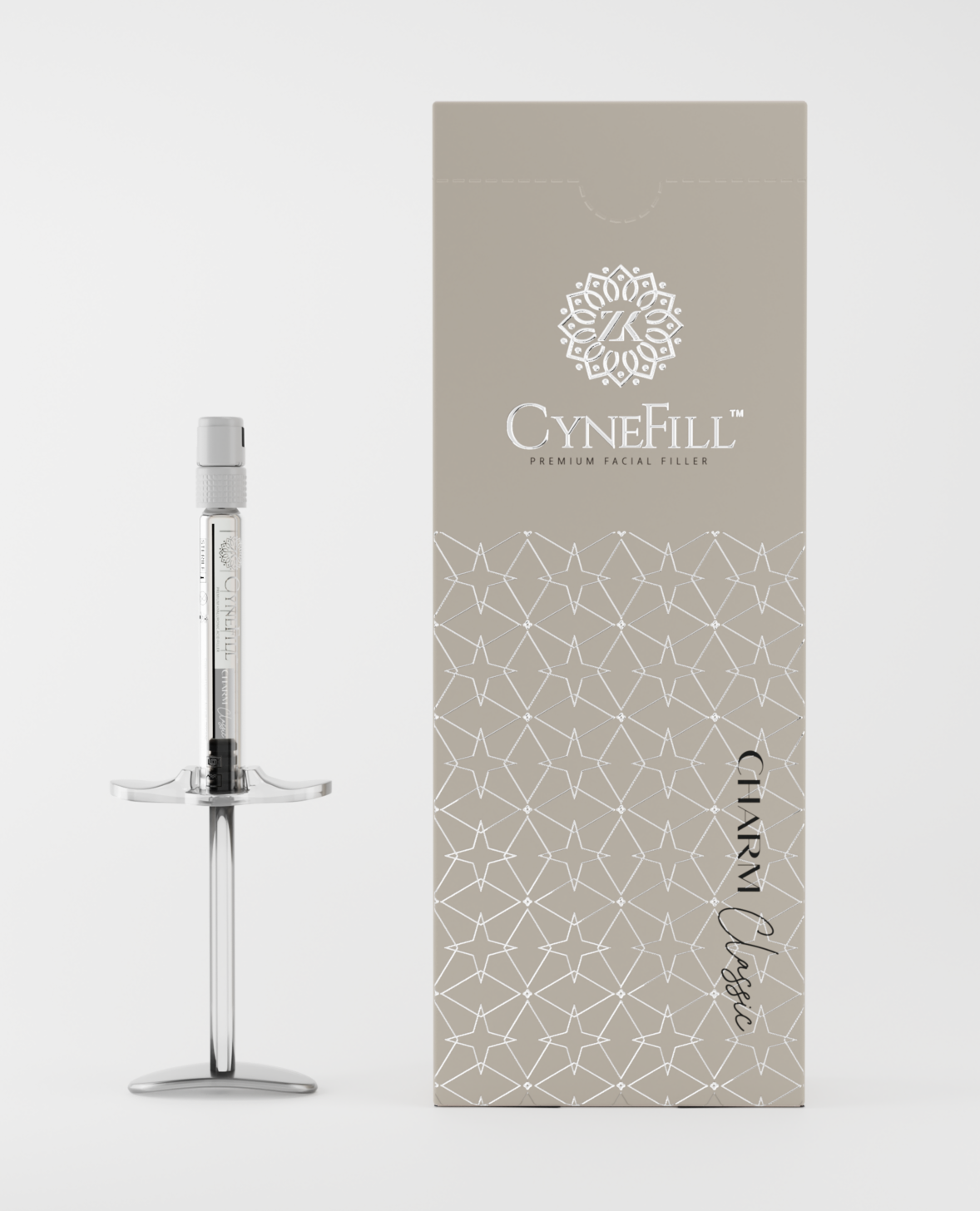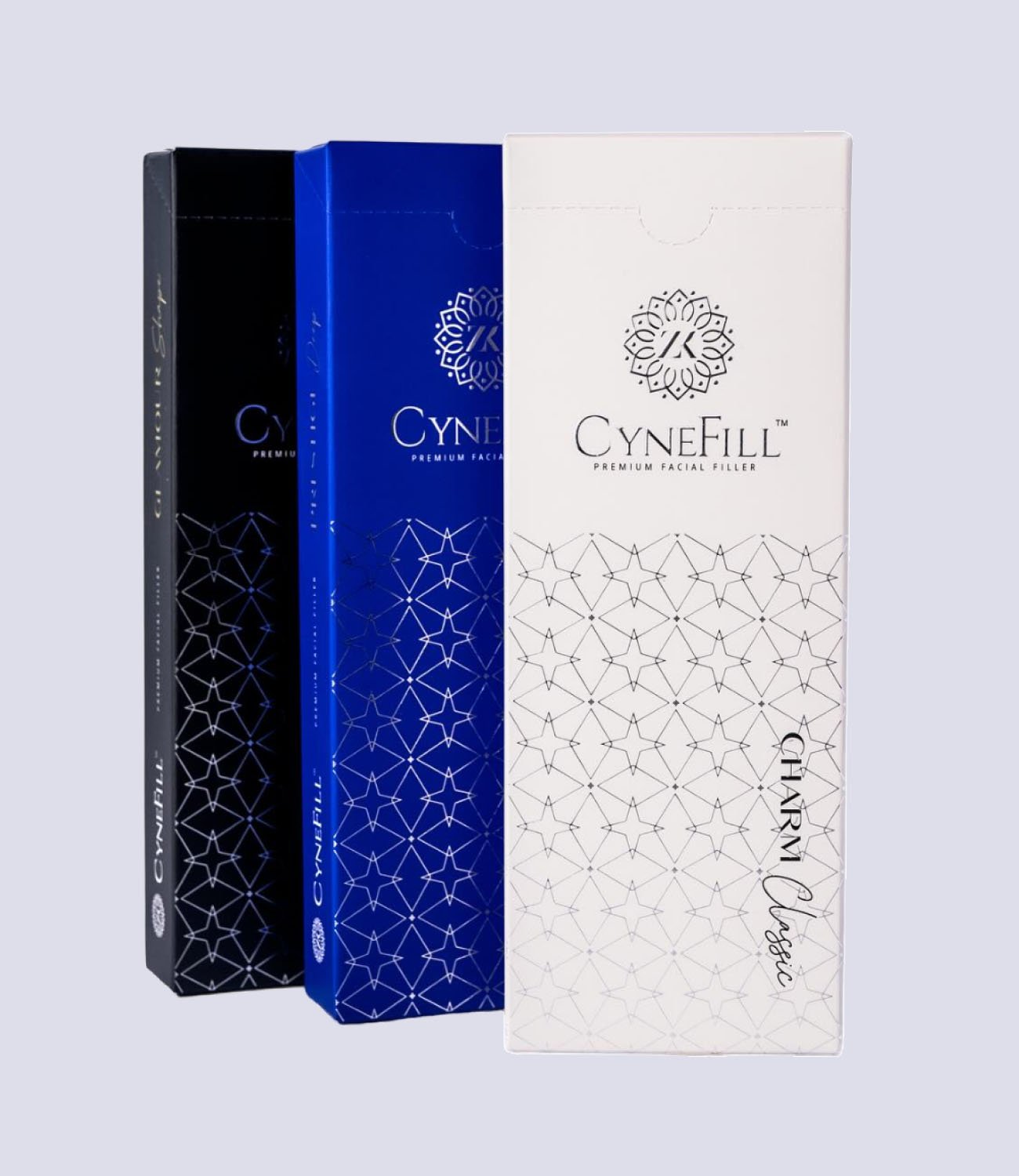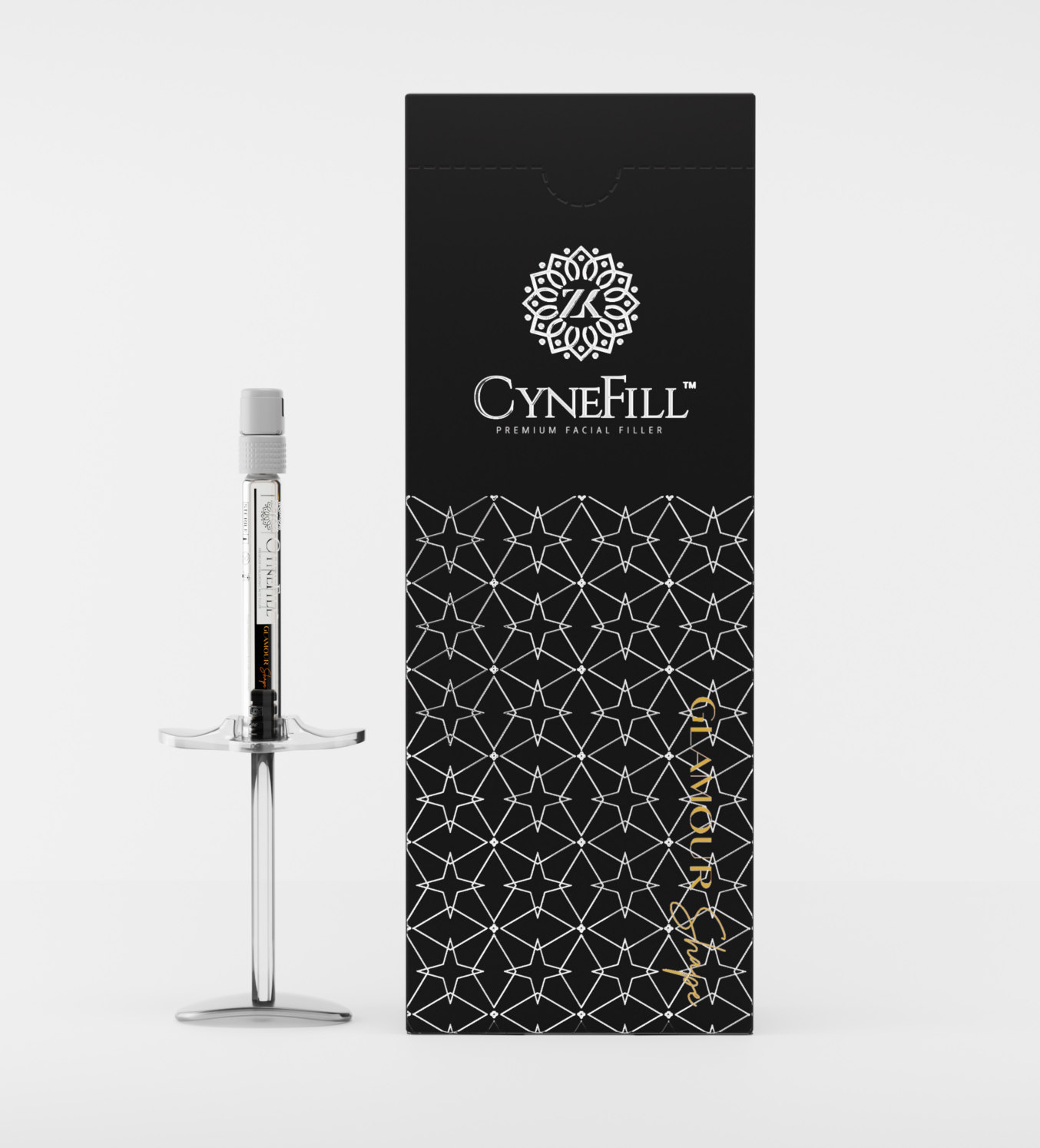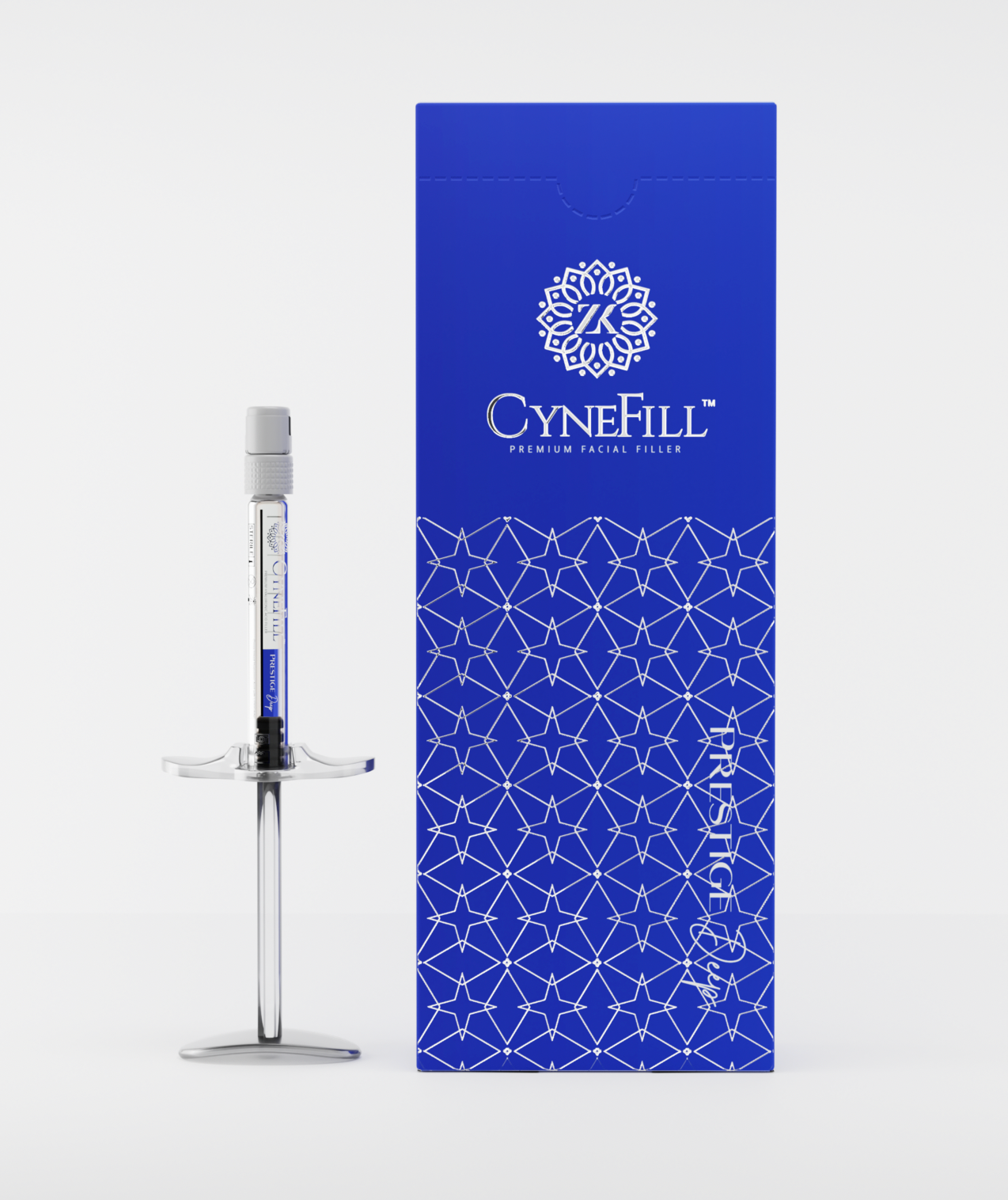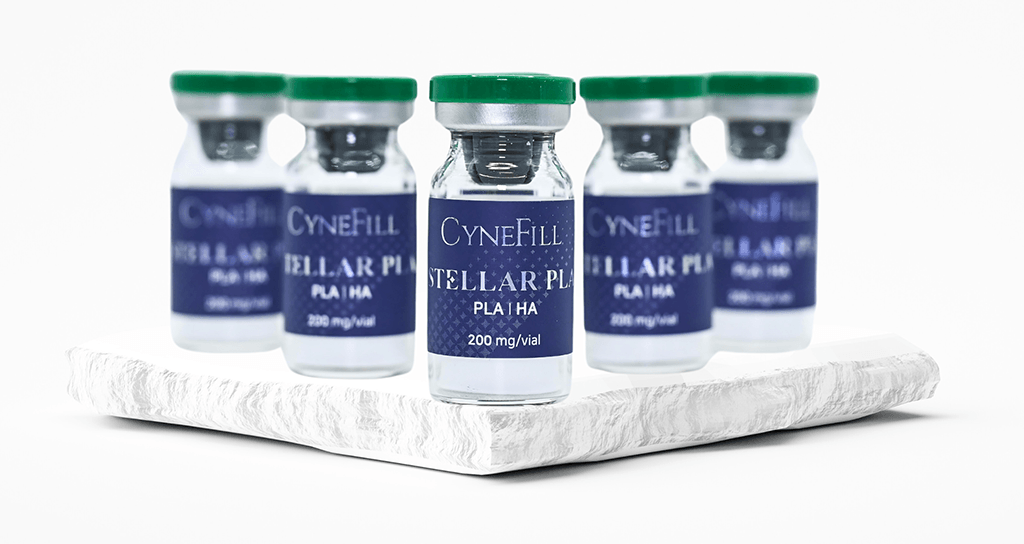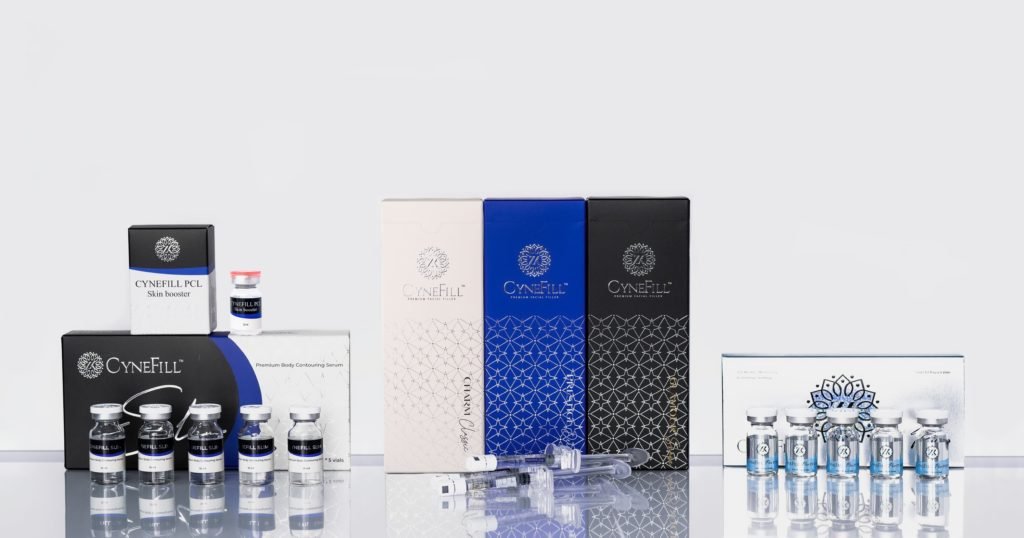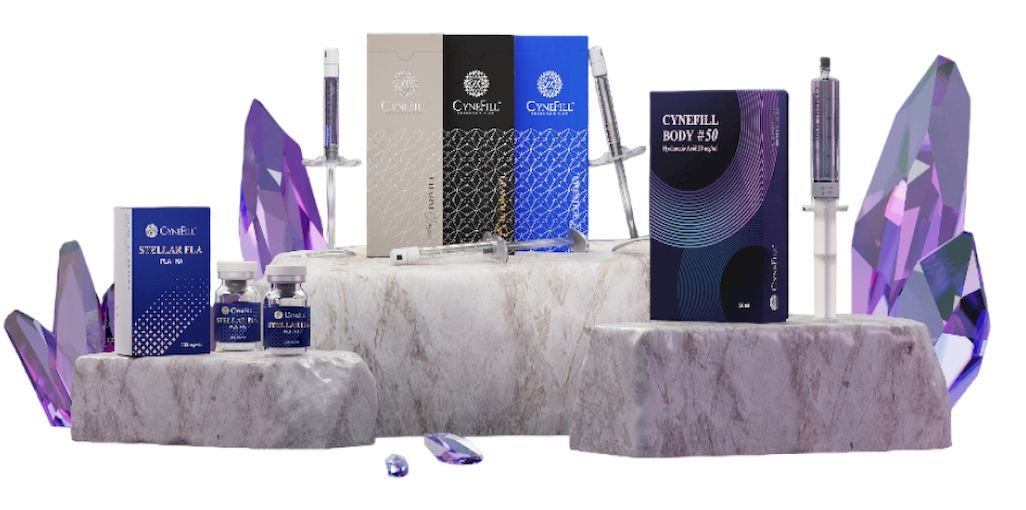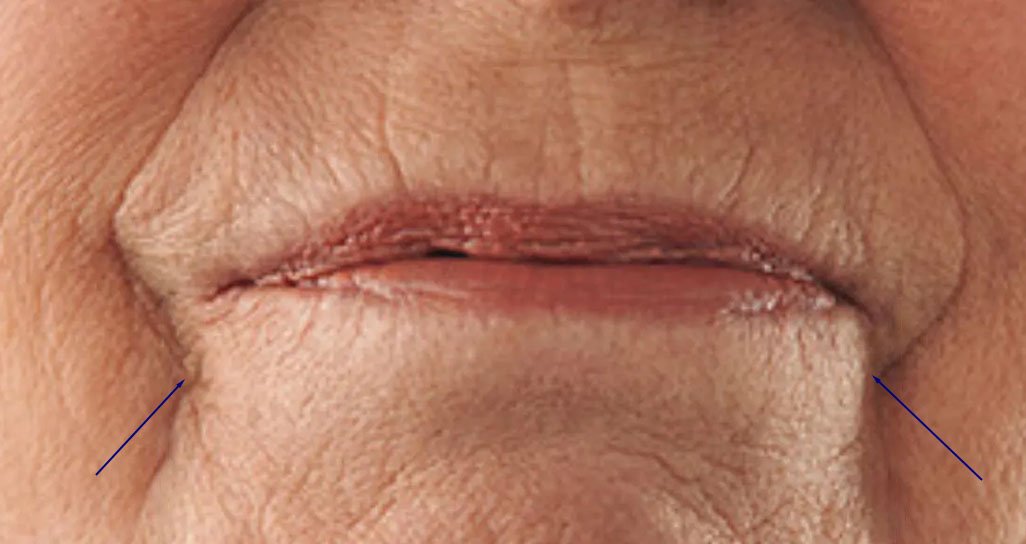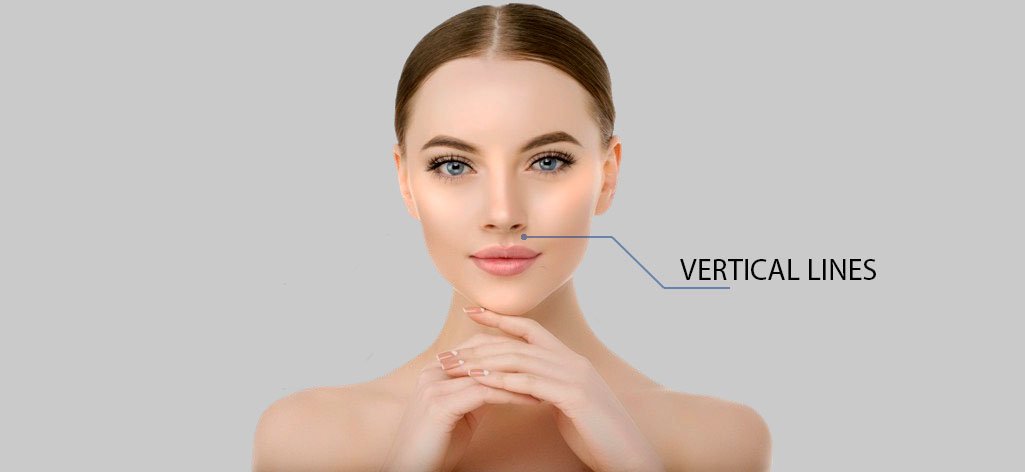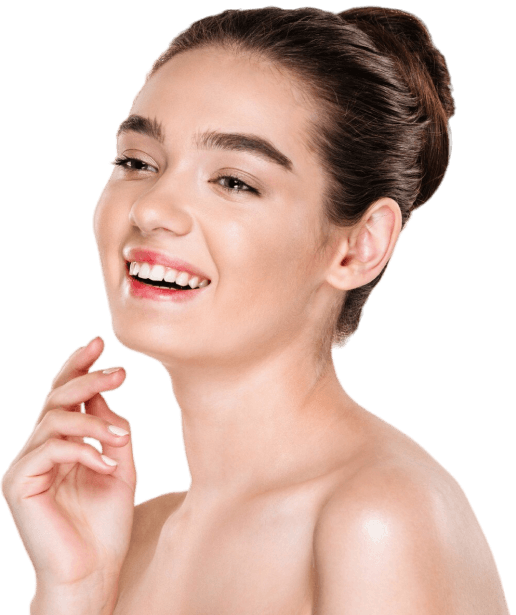Table of Contents
One of the popular procedures in cosmetology to correct various defects is the introduction of dermal fillers under the skin. There are a large number of them on the market. All of them differ not only in manufacturers and names, but also in the ingredients they contain, density, method and area of use, have their own pros and cons, which will be discussed in this article.
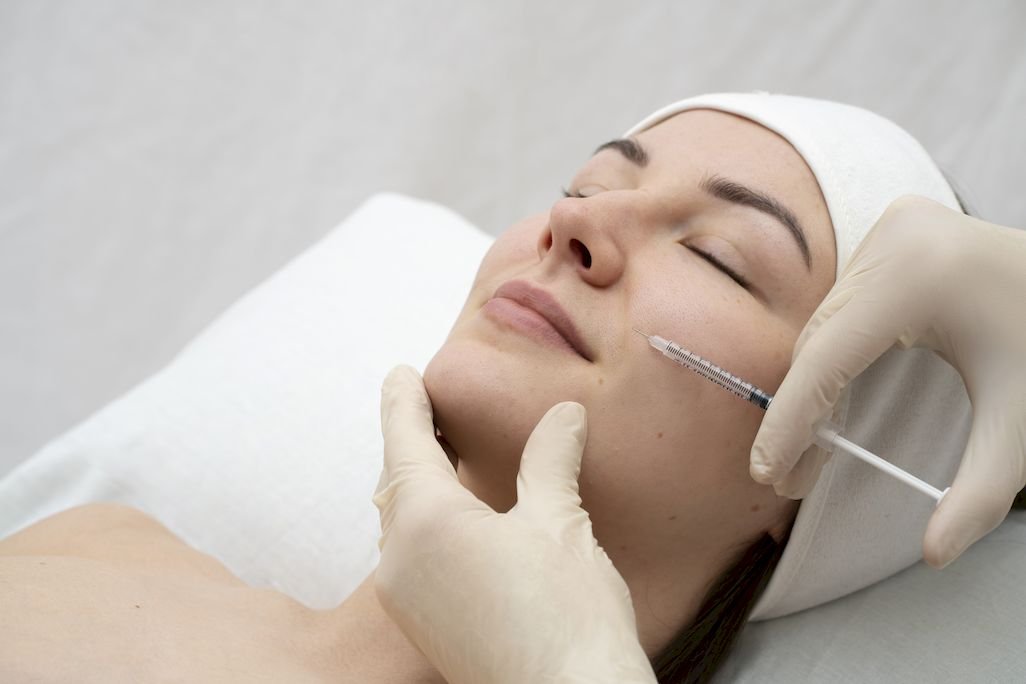
What are dermal fillers?
Dermal fillers are created for those who want to restore lost volume, hide age-related changes in the skin, smooth wrinkles, tighten the skin, improve and make more correct facial oval without the intervention of a plastic surgeon.
These preparations are a cosmetic product with which injections are made to stretch it under the skin in the problem area to improve the appearance. The substance is placed under the skin, filling wrinkles and folds, filling and correcting the skin, closing open pores.
Different types of products are suitable for specific areas of the facial and body dermis. Hyaluronic acid-based fillers, considered the most popular due to their benefits and wide range of uses, can be used for lip augmentation, to correct cheekbones and chin line, to smooth nasolabial folds, marionette wrinkles, as well as other types of wrinkles.
Definition in simple terms: What functions do gel-like substances under the skin perform?
Thanks to the procedure of substance injection, the following problems can be solved:
- to give the necessary volume and improve the shape of the lips;
- fill wrinkles and folds of different depths and nature;
- to smooth out the under-eye area;
- to remove the interbrow crease;
- to eliminate aging wrinkles;
- to give your face a youthful and healthy look.
Deeper explanation: An injectable method of facial rejuvenation without surgery.
The biggest advantage of the injectable method of rejuvenation is the absence of the need for general anesthesia, as well as a long recovery period.
After the consultation, the doctor will schedule an appointment time to perform the procedure.
Manipulation begins with a thorough cleaning of the site of drug introduction. then the marking of the points of filler introduction is carried out. Then, using a fine needle (cannula), the doctor slowly and carefully injects the drug. The number of injections required depends on the size of the area to be treated and the type of drug.
Once the medication is fully injected, the doctor distributes it with massage movements.
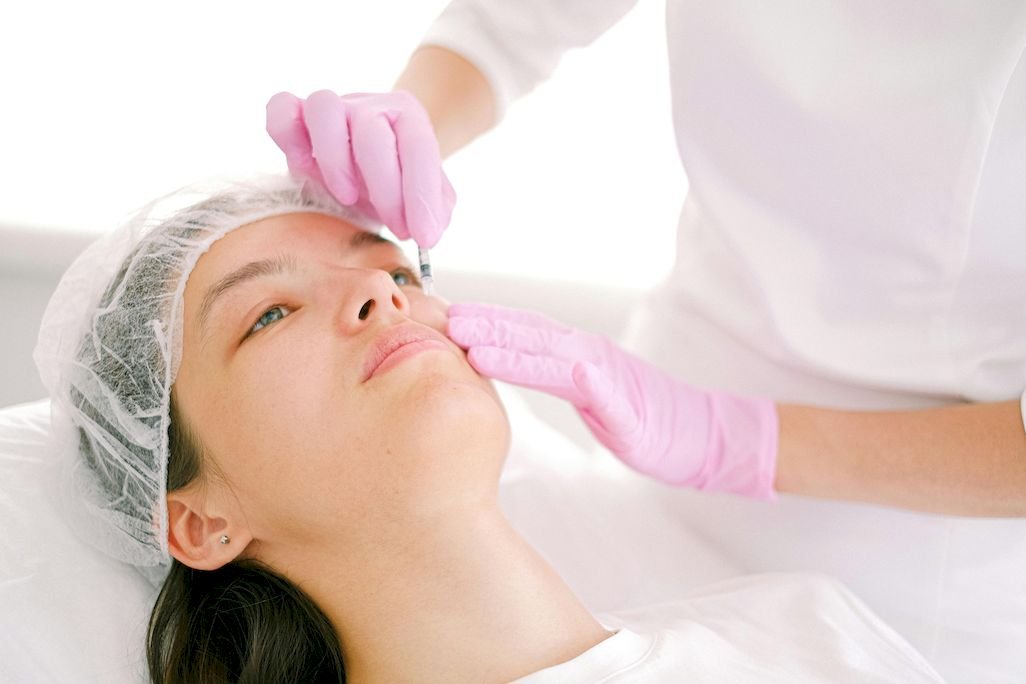
At the end of the procedure, there may be slight swelling, redness at the injection sites or bruising, these will subside within a week.
The procedure does not require any special changes in your normal life. However, it is recommended to avoid hot baths and physical exertion, saunas and baths for the next two days and to avoid direct sunlight.
Types of dermal fillers
There are many types of them. By type, they are differentiated into biological, synthetic, autologous (created from a person’s own tissue). For example, one of the main differences is their composition. Next, let’s take a closer look with examples.
By composition
The main ingredient included in the dermal filler may be the following natural or synthetic components – hyaluronic acid, poly-L-lactic acid, calcium hydroxyapatite, polymethylmethacrylate (PMMA). Depending on the injection site and the degree of complexity, the cosmetologist selects and offers the patient an appropriate option for the derma filler procedure.
Hyaluronic acid (the most popular)
Hyaluronic acid-based preparations are considered the most popular due to their benefits, ease of administration, painlessness and virtually no rehabilitation period.
Hyaluronic acid is a substance that is produced by the body. However, as we age, its production decreases significantly, which immediately affects the skin. It becomes dry, wrinkles appear, and elasticity is lost. Injections with hyaluronic acid allow you to regain the volume lost with age, improve the quality and structure of the skin.
Poly-L-l-lactic acid (stimulates collagen production)
A lack of collagen is reflected by deep wrinkles and folds on the face and body, as well as a loss of volume on the face, such as in the cheek area. In this case, dermal substances based on poly-L-lactic acid come to the rescue. They are excellent for dealing with age-related changes that are manifested by deep wrinkles and imperfections on the face.
Calcium hydroxyapatite (for deep folds)
For more complex tasks, such as smoothing deep folds and wrinkles, dermal fillers based on calcium hydroxyapatite are used. The preparation contains microscopic particles of calcium hydroxyapatite, which are evenly distributed in the gel based on carboxymethylcellulose, preventing migration of filler. Injections with calcium hydroxyapatite affect the body’s own collagen production. As a result, the procedure not only instantly returns the natural beauty of the skin, makes it firm and elastic, but also permanently improves its structure. These preparations belong to the class of dermal fillers, they are not permanent and quite durable. They have high biocompatibility with human tissues.
Polymethyl methacrylate (PMMA)
Preparations based on polymethyl methacrylate belong to the synthetic group. They do not have the property of decomposition over time. Therefore, with their help, the result of correction is more durable. However, next to the advantage in the form of the duration of the effect, there is also a disadvantage in the form of a high risk of possible complications.
Others (rarely used)
There are also fillers that have lost their relevance or are used in certain cases. For example, such preparations include collagen fillers, fillers based on polylactose acid, based on polycaprolactone.
Collagen fillers are precursors of hyaluronic acid preparations. Their effect is short-lived – from 3 to 6 months. They have a significant disadvantage – high risk of allergic reaction.
Substances with a polylactose acid base were previously used for tissue repair in AIDS patients. Then it was used as a suture material. The effect of the procedure lasts for quite a long time – up to 25 months.
Fillers based on polycaprolactone are resorbable suture material. It is used to restore lipoatrophy of facial tissues, smooth the skin surface and smooth scars.
By application
Dermal fillers are used on various areas of the face and body.
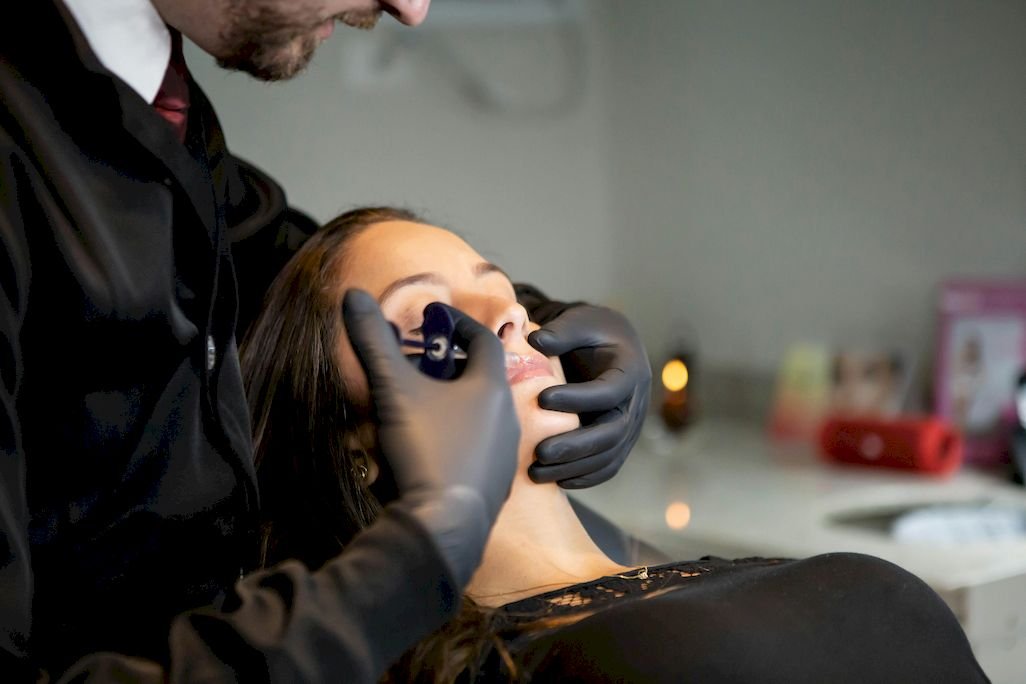
For the lips
The products are used to increase volume and to change or correct their shape.
For cheekbones
Injections in the cheekbone area, make this area more defined and pronounced.
For nasolabial folds
Injections with HA-based dermal fillers can smooth out nasolabial folds. Thus, making the face more youthful and attractive.
For the chin
With the help of beauty injections you can increase the size of the chin, make more clear its contour, remove asymmetry.
To correct other age-related changes
Fillers can easily cope with age wrinkles, smooth skin texture, return healthy color and make the appearance significantly younger.
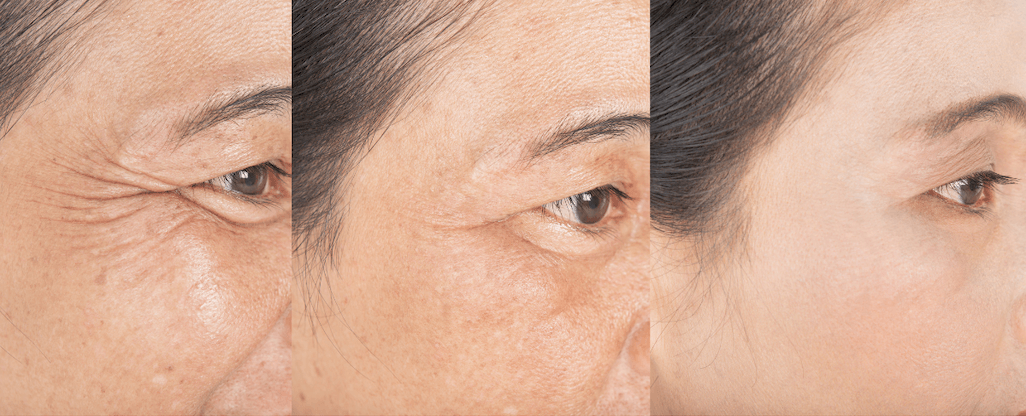
Advantages of hyaluronic acid-based dermal fillers
The popularity of the procedure of injections with hyaluronic acid fillers is justified by the fact that the drug has numerous advantages that have been appreciated by both cosmetologists and patients.
The main advantages of HA-based dermal fillers:
- Significant reduction of wrinkles and fine lines on the face and body;
- adding volume to the cheeks and cheekbones;
- to make the contours of the face more defined;
- to tighten the facial contours;
- solve the problem of excessive pigmentation and acne;
- correct the lines of the nose, earlobe, lips and chin;
- even out skin texture and restore a healthy, radiant appearance.
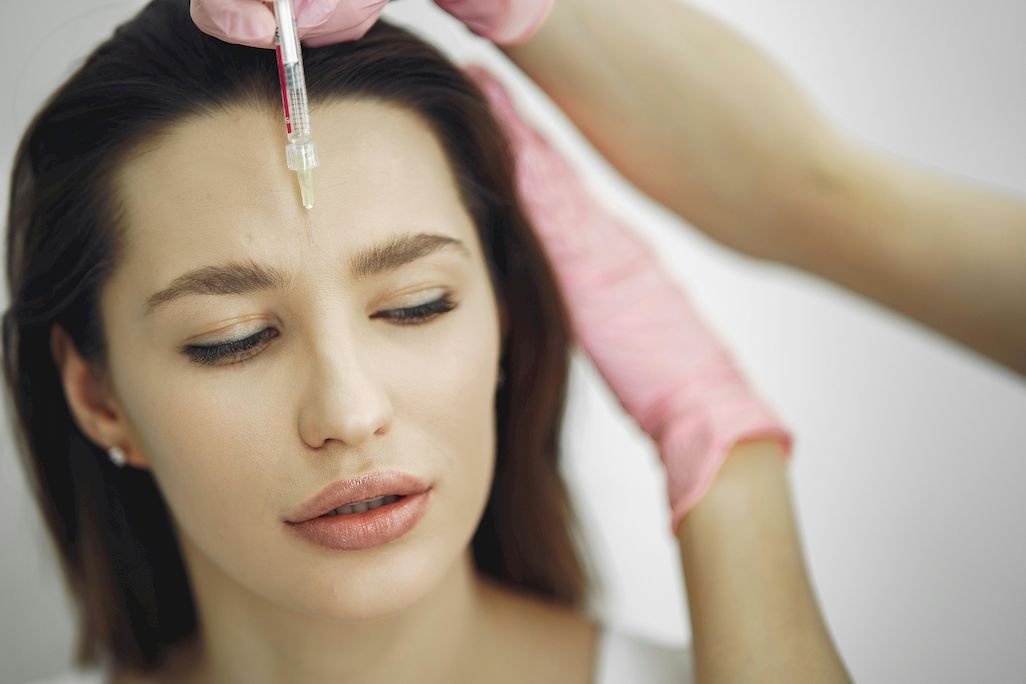
Rejuvenating effect without pain and long recovery period
Thanks to lidocaine, which is part of the preparation, the procedure is absolutely painless for the patient. The recovery period is minimal, up to a week. There may be bruising and slight swelling on the skin due to the injections, which, with appropriate care, heal quickly.
Natural and visible results
With hyaluronic acid-based dermal injections, natural-looking results are possible. There is no impression of wearing a mask. The face looks young and fresh, the skin becomes smooth and velvety.
Correction of age-related changes and facial asymmetry
Fillers with hyaluronka solve such age-related problems as “hound’s feet”, interbrow furrow, “wrinkles of grief and marionette“, correct the nasolabial fold, remove vertical perioral wrinkles around the mouth.
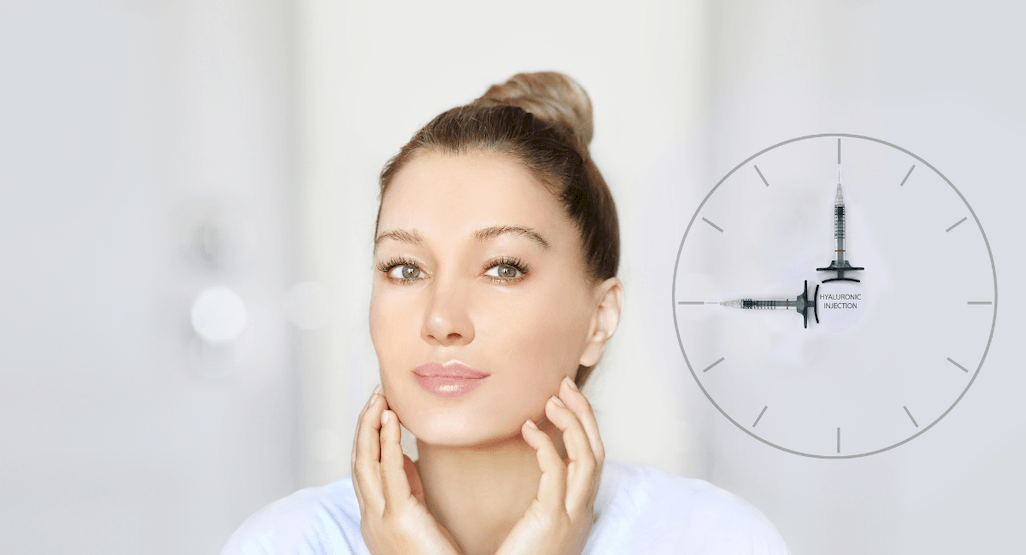
With the help of injections it is possible to equalize the skin structure and get rid of facial asymmetry. Many clients have noticed that the procedure visually rejuvenates by 10-15 years.
Wide range of products for individual needs
The wide range of fillers on the cosmetics market allows you to choose a specific type for each problem area. This approach will give the best result and minimize the risks associated with side effects.
For example, a soft, pliable texture is ideal for adding volume to the lips or smoothing out the under-eye area. But to fill deeper wrinkles, you will need a thicker-textured filler that can fill in more significant volumes.
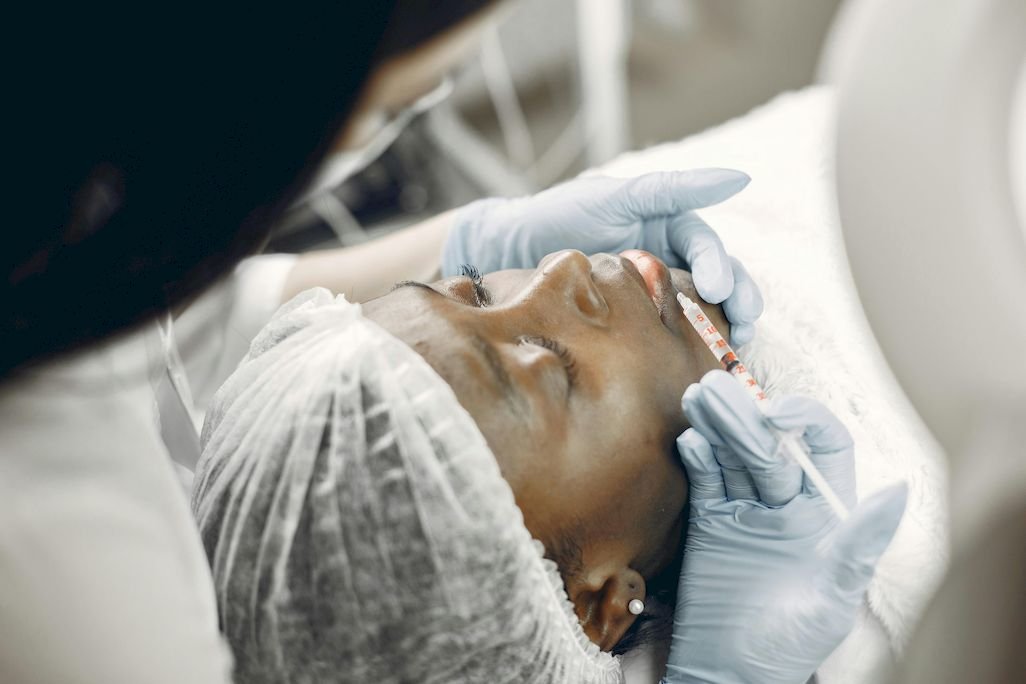
Adjustable results
The results of beauty injections can be determined immediately. But a more accurate result will be seen after the healing of injection sites and healing of swelling. To maintain the effect of the procedure for a longer period of time, it is necessary to follow exactly all the recommendations of the doctor.
It is recommended to repeat the procedure as needed to maintain the result.
Disadvantages of dermal fillers
The disadvantages of dermal preparations include their short-lived effects compared to other preparations and procedures.
Possible unwanted effects
The following unwanted effects may occur after the procedure:
- bruises
- edema;
- small bumps and lumps;
- infection (if the procedure was performed in an unreliable place, where the rules of sterility and hygiene are not observed, by an unqualified specialist);
- allergic reactions (very rare).
Contraindications to use
Like any procedure, injectable fillers have contraindications.
So, who should refuse injections:
- pregnant and breastfeeding women;
- in case of existing inflammatory processes on the skin, as well as exacerbated herpes;
- people who have problems with liver function;
- for epileptic patients;
- to cancer patients;
- to patients with diabetes;
- with the presence of symptoms of acute respiratory infections, as well as fever.
Frequently asked questions about dermal fillers

After injection, the substance is distributed, filling wrinkles and folds. When injecting into the problem areas, the doctor distributes the drug with gentle massage movements for better distribution.

